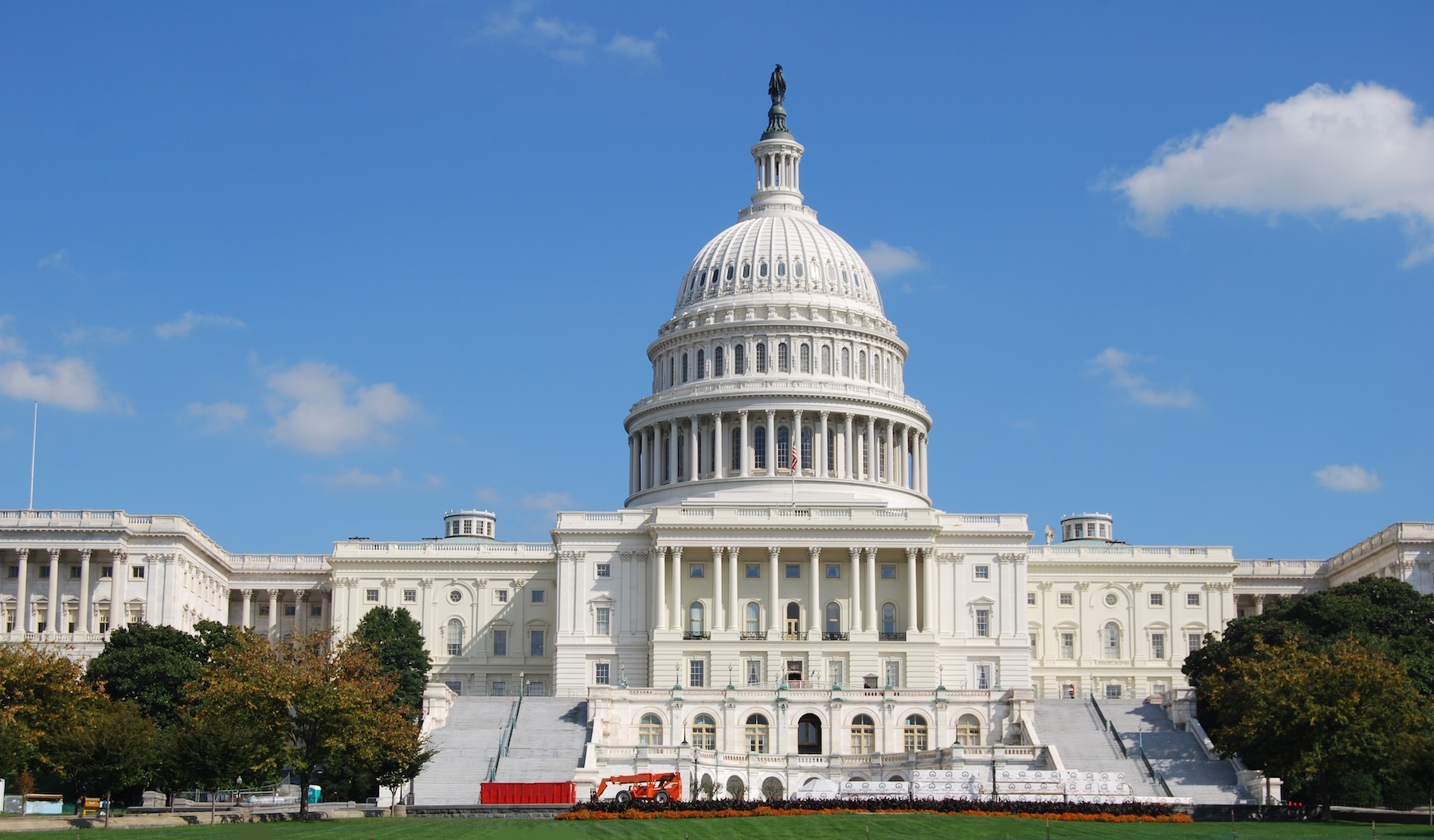Grad PLUS Loans Could Be Ending In 2026


The federal Grad PLUS loan, which has helped graduate students fill the gap between tuition and federal Direct loan limits since 2006, is on track to disappear. The “Big Beautiful Bill“, passed by the House and awaiting Senate consideration, would phase out the Grad Plus loan program starting with the 2026-27 academic year.
The change is part of a broader effort to reduce federal lending and focus taxpayer subsidies on undergraduate education and workforce training. The proposal sets a lifetime cap of $150,000 for federal graduate student borrowing, combining all unsubsidized loans. Once a student hits that ceiling, federal borrowing ends.
Under current rules, graduate students could borrow up to the full cost of attendance through Grad PLUS, subject to a credit check but with no annual or aggregate cap.
For professional programs where tuition often exceeds $50,000 per year, the change creates an immediate funding gap. Law and medical students, in particular, face some of the highest education costs in the country, with total tuition and fees at private schools often surpassing $200,000. Without Grad PLUS, many students will be forced to turn to private loans with higher interest rates and fewer protections.
This also comes as America is facing a doctor shortage. Restricting access to these programs could further exacerbate the problem.
If students can’t pay for graduate school, they can’t attend. This could restrict graduate programs to those who can already afford it – essentially making things like becoming a doctor only available to those in wealth families.
Also, since the new borrowing limits are tied to the median cost of attendance, roughly 50% of programs will not be able to fully allow their students to even borrow to the new higher cap. I think this is a big miss, as it will always put half of students at a disadvantage.
The bigger issue is in fields like education and social work, where starting salaries are often low, but promotions, and even state laws, require graduate degrees. For example, most states require their social workers to have a masters degree in order to do clinical work.
In teaching, states like New York require a teacher to get a masters degree within 5 years of becoming a teacher… these requirements will be burdensome if students cannot get the financing they need to pay for these requirements.
The change aligns with other proposals in the bill that aim to shrink the size of the federal student loan portfolio. By reducing federal borrowing limits and eliminating loan types, policymakers are signaling a shift toward reducing federal support in higher education.
But in the short term, the bill is expected to drive demand for private student loans. Unlike federal loans, private loans come with fewer consumer protections, often require a co-signer, and can carry variable interest rates. They are also excluded from most federal student loan forgiveness programs.
This mean, using our above example, teachers and social workers cannot get private loans forgiven using programs like Public Service Loan Forgiveness (which they would normally be eligible for).
For doctors, who also may be eligible for PSLF, the average cost of medical school is $200,000. If the cap on Federal loans is $150,000, it means they’d have to privately finance the remaining $50,000. This would lead to higher costs, and no forgiveness on that portion of their debt.
Graduate students are among the most reliable borrowers in the federal loan system. They have lower default rates and often earn enough after graduation to repay their debt. But their loans balances are also significantly higher.
The phaseout of Grad PLUS loans would not affect current students immediately. Borrowers who have already received a Grad PLUS loan would continue to have access for up to three more academic years (at least under the current version of the bill). But students planning to start graduate school in fall 2026 or later will need to rethink how they finance their degrees.
The bill’s supporters argue that limiting federal borrowing may push institutions to contain costs and reduce the overall burden of graduate debt. Opponents say it risks cutting off opportunity for students without financial support.
How the Senate handles the proposal will determine whether these changes become law. Until then, graduate programs and future students are left planning for a funding model that may soon look very different.
Don’t Miss These Other Stories:

Unexpected expenses can happen without warning—a flat tire, a medical bill, or a sudden pet emergency. Having an emergency fund...

Back Who We Are Our Purpose We ignite human potential to build understanding and create new possibilities for a better...

Property tax appeals platform Pricing is based on an annual subscription Receive a AI-powered property assessment within seconds AI-powered platform...